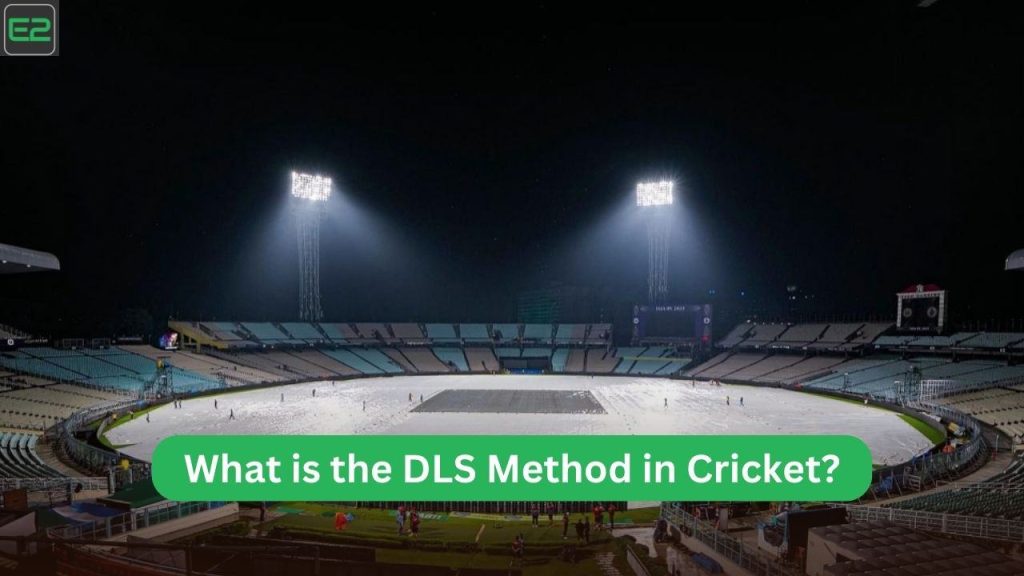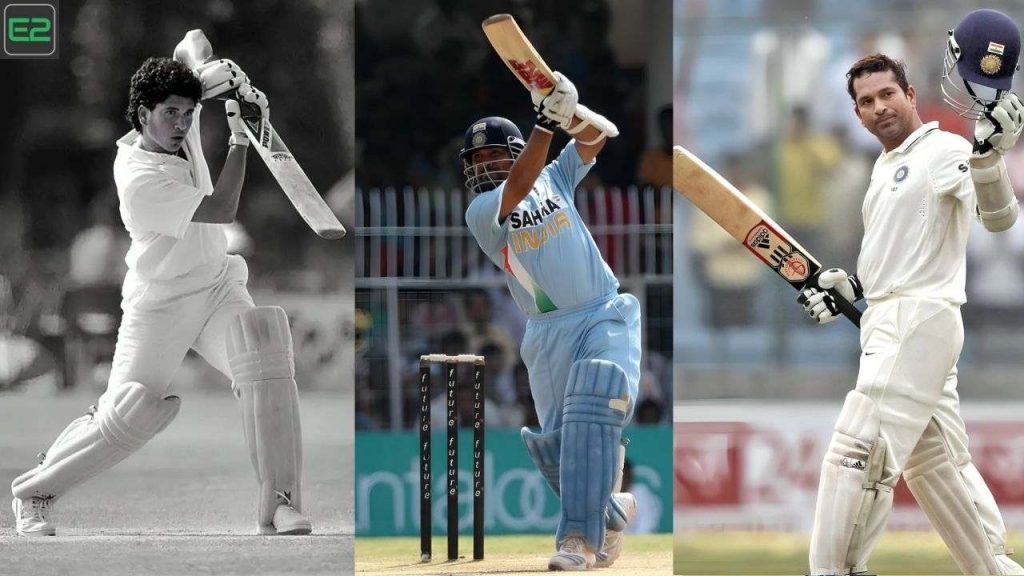Cricket is a game loved by millions, but sometimes it can be confusing, especially with all the different rules. One such rule is the DLS Method (Duckworth-Lewis-Stern method), which is used to calculate the target score for a team when rain or other interruptions stop a match. In this article, we’ll explain what the DLS method is, why it is important, and how it works in a very simple way.
1. Why is the DLS Method Needed?
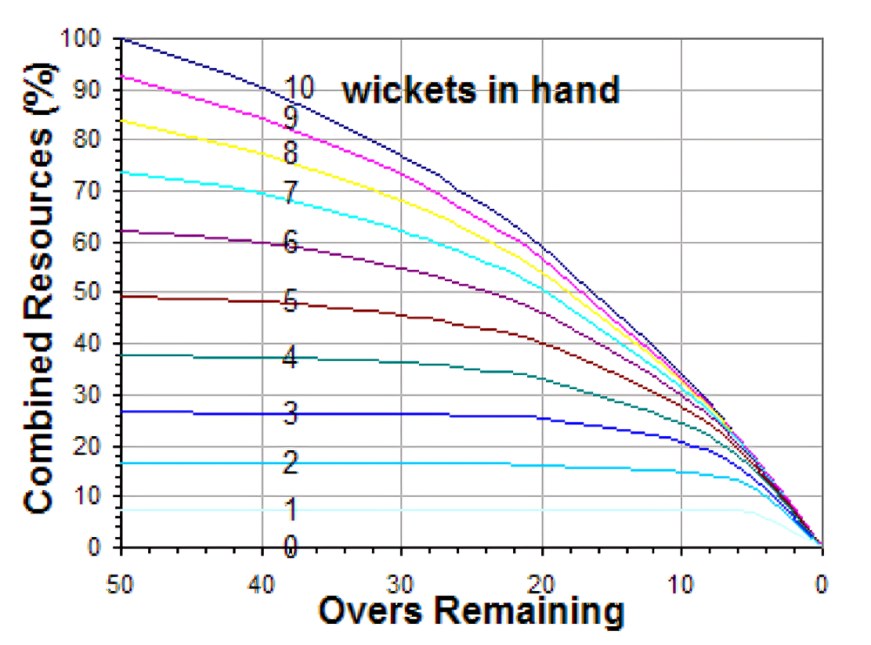
Cricket matches, especially One-Day Internationals (ODIs) and T20s, are sometimes affected by weather conditions, mainly rain. When a match gets stopped due to rain, it becomes impossible to play all the overs as originally planned. This creates a problem when trying to figure out a fair target for the team batting second.
For example, imagine a team plays for 50 overs and scores 300 runs, but rain interrupts the match before the second team can play all 50 overs. It wouldn’t be fair to make the second team chase 300 in fewer overs. The DLS method helps to set a fair target based on the number of overs available, wickets in hand, and the match situation.
2. How Does the DLS Method Work?
The DLS method uses a mathematical formula that takes into account two important factors:
- Overs remaining
- Wickets remaining
Both overs and wickets are considered resources in cricket. The more overs a team has left, the more time they have to score runs. Similarly, the more wickets they have, the more risk they can take in playing aggressive shots. The DLS method uses these resources to calculate a target that would be fair based on the situation when the game gets interrupted.
Also Read: Top 5 Famous Cricketers Banned for Drug Use
3. The DLS Formula
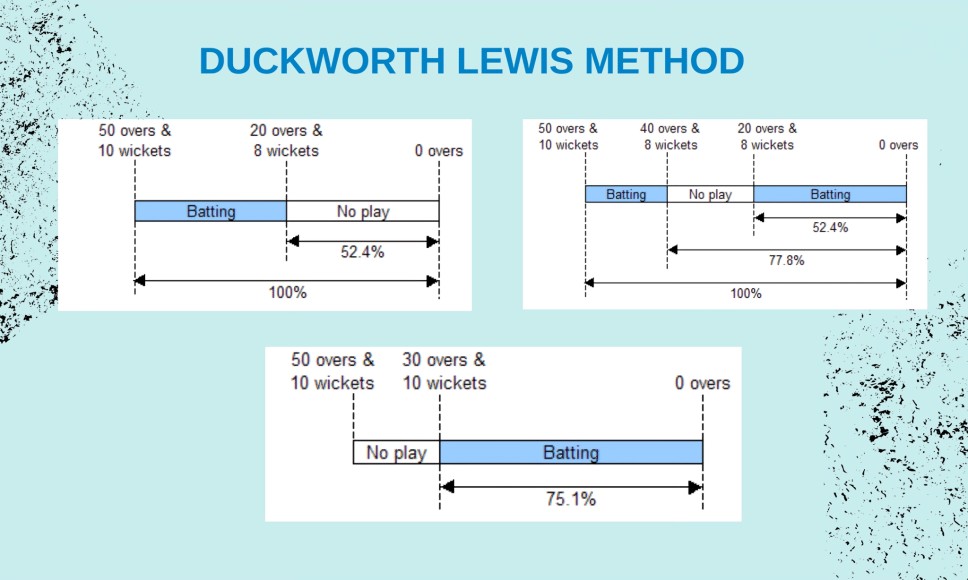
The actual formula used in the DLS method is very complex and difficult to calculate manually. It involves many tables and percentages. However, cricket boards and match officials use computers and special software to do these calculations instantly. The DLS method adjusts the target for the team batting second, considering how many overs have been lost due to rain and how many wickets are left.
4. When is the DLS Method Used?
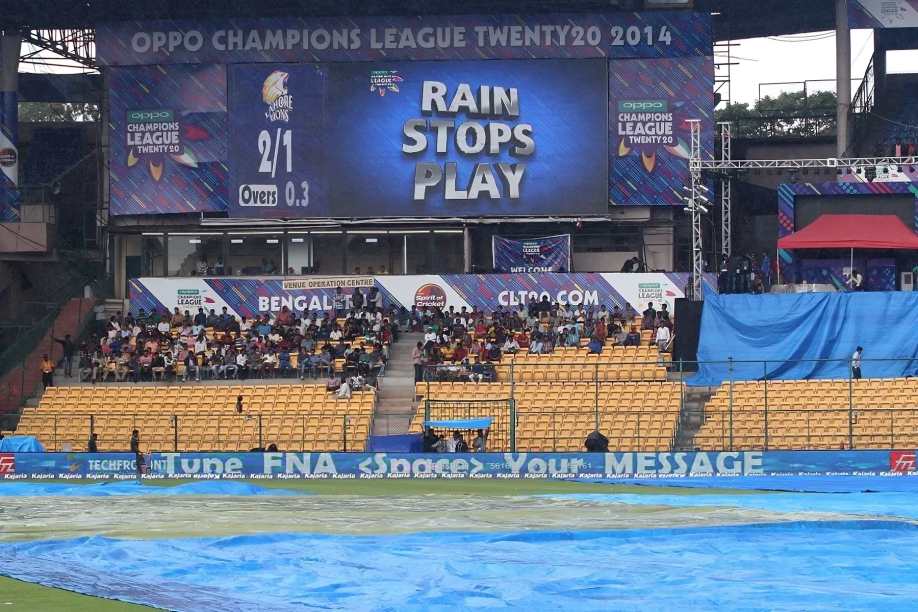
The DLS method is only used in limited-overs cricket—such as ODIs and T20s—when the match cannot be completed as scheduled due to rain, bad light, or other interruptions. If rain stops play during the first innings, the match officials will wait and reduce the number of overs for both teams once play resumes. If rain stops play during the second innings, the DLS method will be used to recalculate the target for the chasing team.
5. DLS Method Example
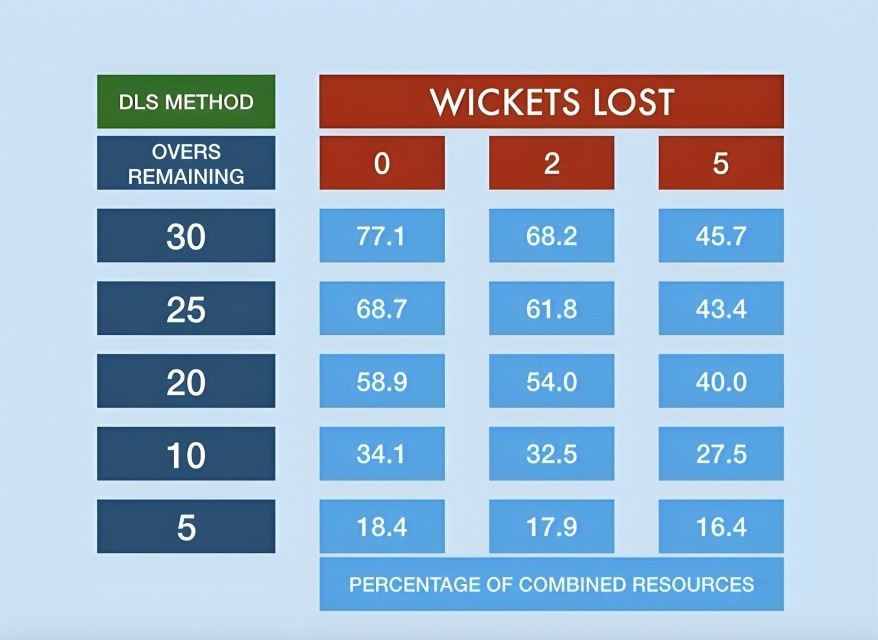
Let’s take a simple example to understand how the DLS method works:
- Team A scores 250 runs in 50 overs.
- Team B starts their chase but after 30 overs, rain stops the match.
- After some delay, the match is reduced to 40 overs, so Team B will not get the full 50 overs to chase 250.
The DLS method will calculate a new target for Team B based on how many overs they have left and how many wickets they have lost by the time the rain stopped. For example, instead of needing 250 runs in 50 overs, Team B might need 220 runs in 40 overs.
Also Read: Top 5 Cricketers Involved in Sex Scandals
6. Advantages of the DLS Method
- Fair Play: The DLS method ensures that both teams get a fair chance, even when the match is interrupted by rain.
- Scientific Approach: It takes into account both the overs and wickets remaining, giving a more accurate and fair target.
- Widely Used: The DLS method is used in international matches and major cricket tournaments, ensuring consistency in handling rain-affected games.
7. Disadvantages of the DLS Method
- Complexity: The DLS method can be hard to understand for casual cricket fans because the calculations are very complex.
- Sometimes Unpredictable: The new target set by the DLS method can sometimes seem surprising or unfair to fans or players, especially if they do not fully understand how it works.

